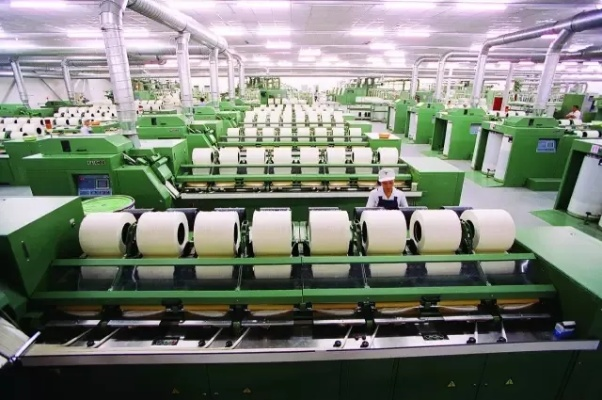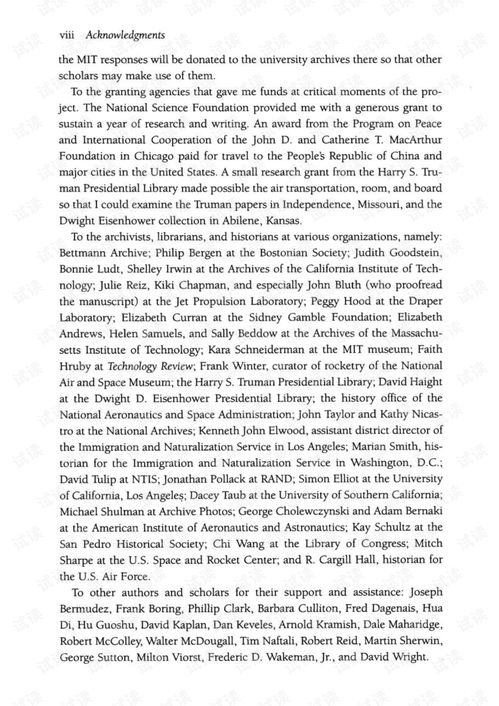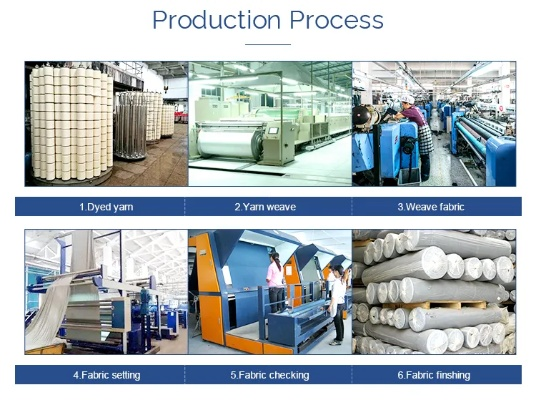The Advantages and Benefits of Constructing a Textile Mill
Constructing a textile mill is an economically and socially beneficial endeavor, offering numerous advantages to both the community and the industry. The creation of a textile mill brings with it significant economic benefits, such as increased employment opportunities, improved productivity, and enhanced competitiveness in the global market. Additionally, it contributes to the local economy by generating substantial revenue for the region through taxes and royalties, which can be used to fund various public services and infrastructure projects. Furthermore, the establishment of a textile mill fosters innovation and technological advancement within the industry, leading to the development of new products and processes that enhance efficiency and reduce costs. Ultimately, the construction of a textile mill serves as a catalyst for growth and development, providing a platform for sustainable economic expansion and social welfare.
Introduction: In the world of textile manufacturing, the construction of a new mill is often seen as a significant investment in the future of the industry. It's not just about creating a new space for production; it's about securing the future of a thriving industry that provides jobs, stimulates economic growth, and contributes to global sustainability. In this article, we will explore the advantages and benefits of constructing a textile mill, using an example from the textile industry to illustrate these points.
Advantages of Constructing a Textile Mill:
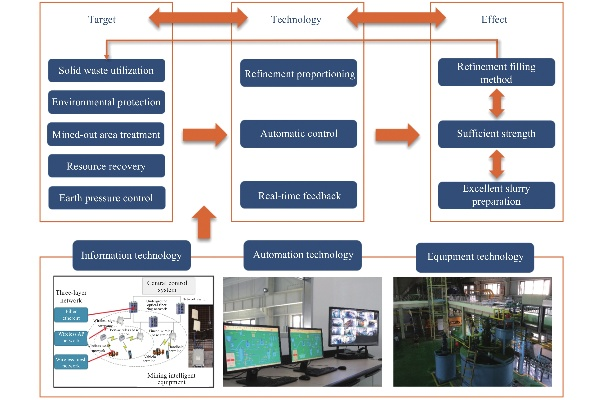
-
Job Creation and Economic Growth: Textile mills create numerous jobs in the supply chain, from raw material procurement to finished product assembly. They also generate substantial revenue through sales of their products. A new mill can significantly boost local economies by attracting additional businesses and increasing tax revenue.
-
Innovation and Technological Advancements: New mills often incorporate modern technologies such as automation, robotics, and digital management systems. These advancements not only improve efficiency but also enable faster design cycles, reduced waste, and enhanced product quality.
-
Environmental Sustainability: The construction of a textile mill requires careful consideration of environmental impacts. Modern mills often incorporate sustainable practices such as energy-efficient lighting, water recycling systems, and eco-friendly materials. By adopting green technologies, they can minimize their carbon footprint and contribute to reducing greenhouse gas emissions.
-
Strategic Location: A well-planned location for a textile mill can be crucial for its success. It should be strategically located to take advantage of nearby markets, transportation networks, and labor resources. This can help reduce transportation costs, increase market reach, and facilitate easy access to raw materials.
-
Competitive Edge: A new mill can provide a competitive edge to the company by offering specialized services or products that are uniquely designed to meet the needs of a particular clientele or market segment. This can lead to increased customer loyalty and a stronger brand identity.
Example: One notable case study of a successful textile mill construction is the expansion of the Pima Cotton Mill in Arizona, USA. The mill was built to produce high-quality cotton fabrics for the fashion industry. The expansion included the installation of state-of-the-art facilities, including a new spinning and weaving plant, a research and development center, and a distribution center.
The new mill brought several advantages to the company. Firstly, it increased production capacity, allowing the company to meet growing demand for high-quality apparel. Secondly, it improved operational efficiency, as the new technology enabled faster processing times and more efficient use of resources. Thirdly, it enhanced the company's brand image by showcasing its commitment to sustainability and innovation. Finally, the expansion attracted new customers and suppliers, further expanding the company's market reach.
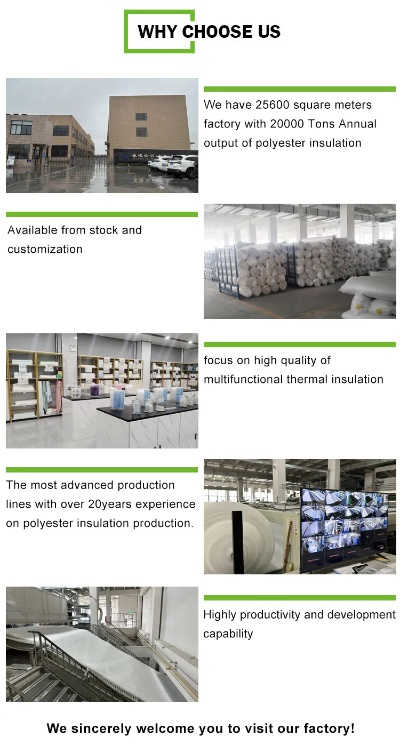
Conclusion: Constructing a textile mill is not just about creating a new production facility; it's about securing the future of an industry that plays a vital role in our economy and society. By embracing technological advancements, environmental sustainability, strategic location, and competitive edge, companies can not only grow their business but also make a positive impact on the world around them. As we look towards the future, investing in the construction of new textile mills is not only a smart business decision but also a responsible one for ensuring a better tomorrow for all.
大家好,今天我们来探讨一下纺织厂的建设问题,纺织行业作为我国的重要产业之一,其发展对于促进经济发展、增加就业机会具有重要意义,特别是在当前国家大力推进新型工业化进程中,纺织厂的建设显得尤为重要,为何纺织厂如此适合修建呢?下面我们将通过案例分析来解答这一问题。
纺织厂建设的优势
- 土地资源丰富:我国土地资源丰富,尤其是南方地区,具备建设纺织厂得天独厚的条件。
- 市场需求旺盛:随着人们生活水平的提高,对纺织产品的需求日益增长,纺织厂的建设具有广阔的市场前景。
- 技术进步推动:随着科技的不断进步,纺织生产工艺和技术水平不断提高,为纺织厂的建设提供了有力支持。
案例分析
以某纺织厂为例,该厂在建设过程中采用了以下策略和措施:
- 选址策略:该纺织厂选址于交通便利、土地成本低廉的地区,便于原材料的采购和产品的运输。
- 设计规划:该纺织厂在设计上充分考虑了生产效率、产品质量和环境保护等因素,力求打造绿色、环保、高效的工厂。
- 建设过程:在建设过程中,该纺织厂采用了先进的生产工艺和技术手段,确保了生产效率和产品质量,该厂还注重环保和节能,采用了高效节能设备和技术,降低了生产成本和能耗。
建设实例说明
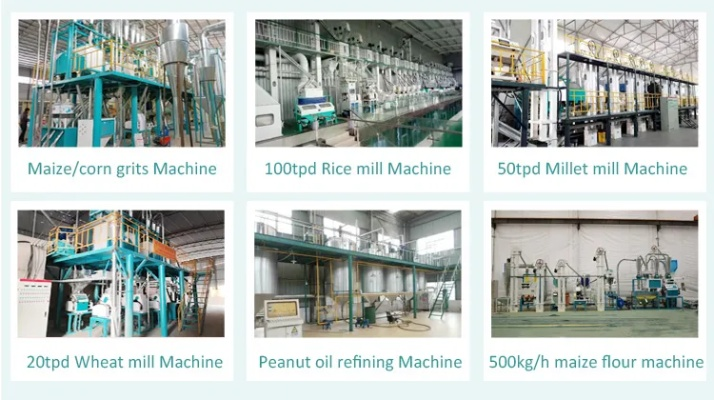
在建设实例方面,我们可以参考一些成功的案例来进一步说明纺织厂建设的优势。
- 地理位置优越的纺织厂案例:某地区地理位置优越,气候适宜,土壤肥沃,适合建设大型纺织厂,该地区纺织厂的建设不仅满足了当地居民对纺织品的需求,也为当地经济发展做出了重要贡献。
- 技术先进、环保高效的纺织厂案例:某纺织厂采用了先进的生产工艺和技术手段,同时注重环保和节能,打造了绿色、环保、高效的工厂,该厂的成功建设不仅提高了生产效率和质量,也得到了政府和社会各界的认可和赞誉。
纺织厂建设具有诸多优势,如土地资源丰富、市场需求旺盛、技术进步推动等,在建设过程中,我们应充分考虑选址策略、设计规划、建设过程等方面,确保建设符合市场需求和环保要求,我们还应注重技术创新和人才培养,提高生产效率和产品质量,为纺织行业的发展做出更大的贡献。
在具体实施过程中,我们可以参考一些成功的案例和经验,结合实际情况制定出适合自己的建设方案,我们还应加强与政府和社会各界的沟通和合作,争取更多的支持和帮助,共同推动纺织厂建设的顺利进行。
我们相信在大家的共同努力下,纺织厂建设一定会取得更加辉煌的成就。
Articles related to the knowledge points of this article:
The Unexpected Turning Point:A Tale of a Textile Workshop Apprentices Quit
The Textile Factory in Songtao:A Cultural and Industrial Experience
Strategies for Effective Management in a Textile Factory
The Night Shift Dilemma:A Tale of Tension and Challenges at the Textile Mill
